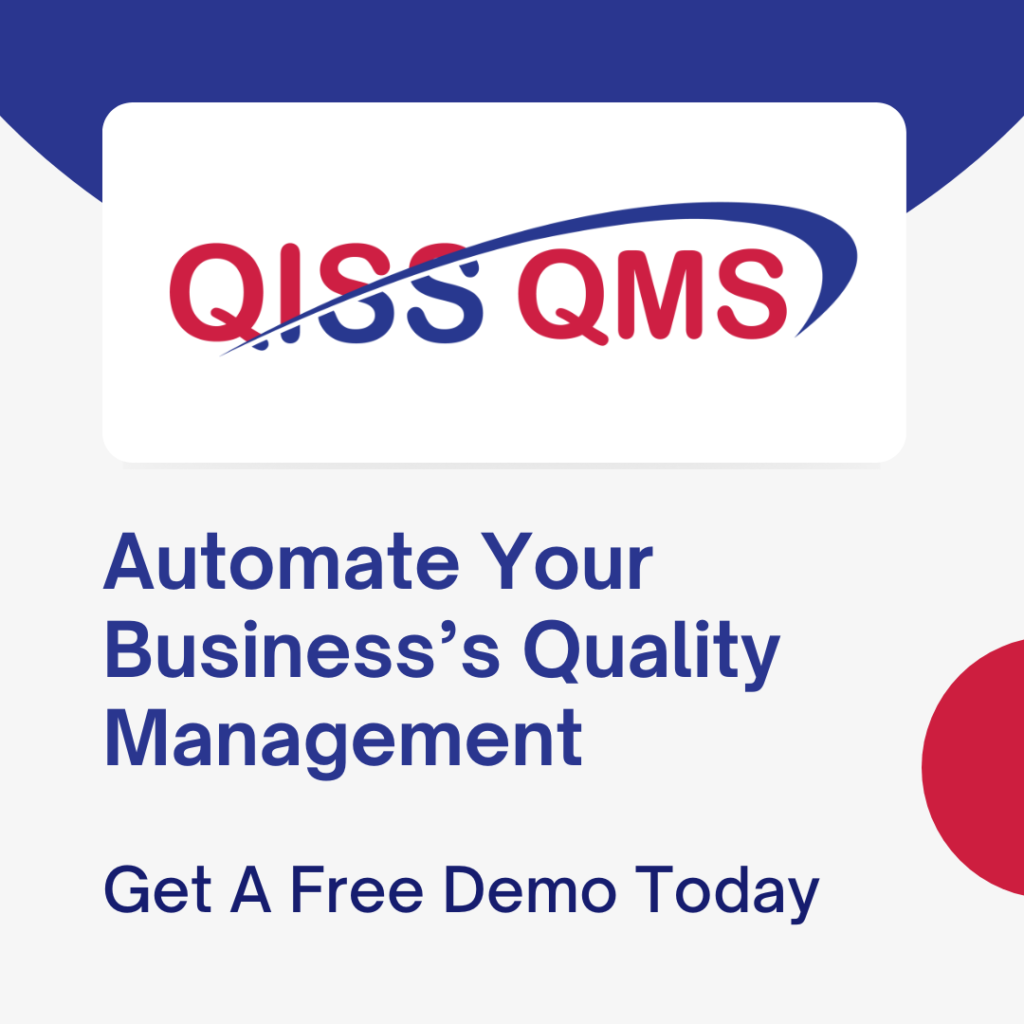Nonconformance management plays a vital part in any manufacturing setting. Chief among the role of nonconformance management is the ability to identify, segregate and deal with nonconforming outputs. Sourcing of these types of nonconformances (NCs) can originate in different areas of a quality management system and from specific sources outside, as well.
Whether the origin point of NCs is internal or external, an organization needs to have a dynamic and robust inspection process. This process should function as the first line of defense for incoming materials or work products from third-party contractors. Final inspection should be paramount because it is an organization’s last attempt to grade or check its’ output before delivery to the customer.
Most companies must deal with NCs at some point, whether minor or potentially major. Organizations should develop procedures or process steps that aid in non-conformance management.
As mentioned above, establishing good relations and management of external providers is especially important. Companies rely on providers sending a quality product, so they need to be adequately qualified and routinely evaluated for performance. When it comes to choosing a provider and receiving materials from them, it is about managing and monitoring them well.
Documentation of all transactions is necessary and can be aided by software, especially software designed for quality management purposes. The software will allow faster and more reliable data to accumulate and assess than any manual method and provide a cost incentive.
Critical to nonconformance management is establishing and maintaining a good and vibrant inspection process. An organization needs good inspection criteria for each stage of a part’s journey; incoming, in-process, and final inspection before shipment. A vibrant and well-documented inspection process can prevent an organization from headaches associated with misplaced or misidentified material. Additionally, the inspection review can discover and weed-out nonconforming outputs in material received and internal manufacturing NCs.
Finally, an organization should define what disposition processes it intends to use and train personnel to apply the disposition actions. These actions should be uniform, and results documented for evaluation and assessment of trending activities. Again, software can play a significant and efficient part in this process by creating an efficient and cost-saving alternative to a manually controlled system or process.
Choose suitable software for your business from QISS essential software list. We are always ready to provide you ISO-based QMS services through QISS QMS software.



